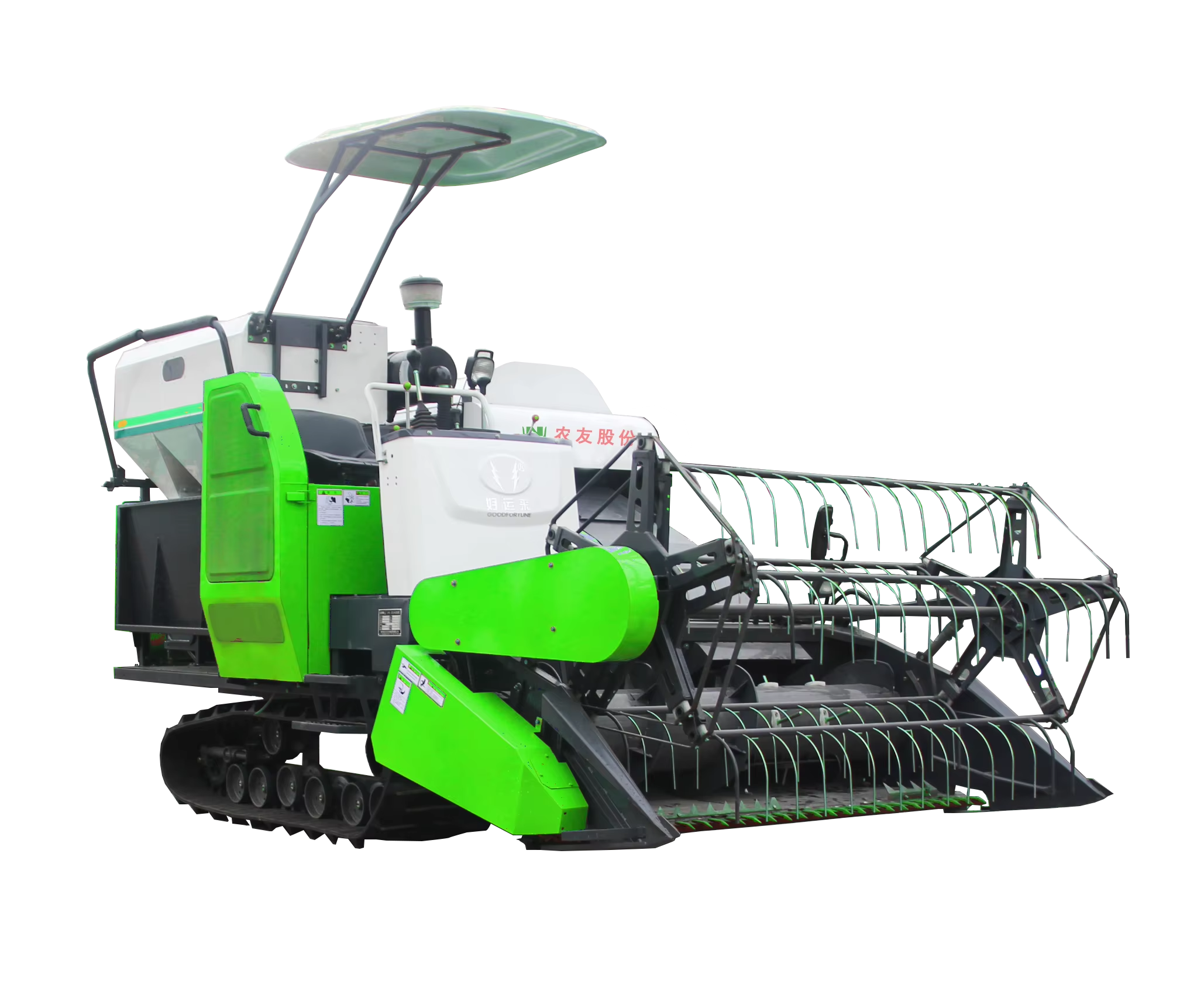Understanding Modern Lawn Maintenance Equipment
Maintaining a pristine lawn requires the right tools, and choosing between a manual or motorized grass cutter can significantly impact your gardening experience. As outdoor maintenance evolves, homeowners face an important decision that affects both their lawn's appearance and their maintenance routine. The debate between traditional manual tools and modern motorized equipment continues to shape how we approach lawn care, with each option offering distinct advantages for different scenarios.
The grass cutter market has expanded dramatically in recent years, offering solutions for every type of user and lawn size. From simple manual tools that have stood the test of time to sophisticated motorized units packed with features, understanding the fundamental differences between these options is crucial for making an informed decision.
 Manual Grass Cutters: Traditional Excellence
Manual Grass Cutters: Traditional Excellence
Core Benefits of Manual Operation
Manual grass cutters bring several advantages to the table, particularly for smaller lawns and precise trimming needs. These tools offer unparalleled control over cutting height and direction, making them ideal for detailed work around garden beds and landscape features. The absence of a motor means zero emissions and complete silence during operation, perfect for early morning maintenance or noise-restricted areas.
The simplicity of manual grass cutters also translates to minimal maintenance requirements. With fewer moving parts and no engine to service, these tools can last for years with basic care and occasional blade sharpening. This reliability makes them a cost-effective choice for many homeowners.
Physical Engagement and Environmental Impact
Using a manual grass cutter provides an excellent form of exercise, engaging multiple muscle groups while maintaining your lawn. The pushing motion works the arms, shoulders, and core, while walking provides cardiovascular benefits. For those seeking to combine lawn care with physical activity, manual options offer a practical solution.
Environmental consciousness plays a significant role in choosing lawn care equipment. Manual grass cutters produce zero emissions and require no fuel or electricity, making them the most environmentally friendly option available. This aspect particularly appeals to environmentally conscious homeowners and those looking to reduce their carbon footprint.
Motorized Grass Cutters: Power and Efficiency
Advanced Features and Capabilities
Modern motorized grass cutters represent the pinnacle of lawn maintenance technology. These machines come equipped with powerful motors that can handle thick grass, weeds, and even small branches with ease. Variable speed settings and adjustable cutting heights allow users to tackle different grass types and conditions effectively.
The evolution of battery technology has revolutionized the motorized grass cutter segment. Today's cordless models offer extended runtime and quick charging capabilities, combining the power of gas models with the convenience of electric operation. Smart features like automatic height adjustment and obstacle detection make these tools increasingly user-friendly.
Time and Effort Savings
One of the primary advantages of motorized grass cutters is their ability to cover large areas quickly. What might take hours with a manual tool can be accomplished in minutes with a powered unit. This efficiency becomes particularly valuable for properties with extensive lawn areas or professional landscaping services.
The reduced physical effort required to operate motorized grass cutters makes them accessible to a broader range of users, including elderly individuals or those with physical limitations. The self-propelled feature found in many models further reduces the effort needed, allowing users to maintain larger properties without excessive fatigue.
Choosing Between Manual and Motorized Options
Property Size Considerations
The size of your lawn plays a crucial role in determining the most suitable grass cutter type. Small urban yards and gardens under 1,000 square feet often benefit from the precision and simplicity of manual tools. Larger properties typically justify the investment in a motorized grass cutter, where the time savings and reduced effort become significant advantages.
Consider also the layout and terrain of your property. Manual grass cutters excel in tight spaces and around obstacles, while motorized units perform best on open, relatively flat surfaces. Properties with varied landscapes might benefit from having both types available for different areas.
Budget and Long-term Investment
Initial cost differences between manual and motorized grass cutters can be substantial. Manual options generally require a lower upfront investment but may demand more time and physical effort. Motorized units, while more expensive initially, can prove cost-effective over time through increased efficiency and capacity to handle larger areas.
When calculating long-term costs, factor in maintenance requirements, fuel or electricity costs for motorized units, and the expected lifespan of each option. Quality manual grass cutters can last decades with proper care, while motorized units typically require regular maintenance and eventual replacement of parts or the entire unit.
Frequently Asked Questions
How often should I sharpen my grass cutter blades?
For manual grass cutters, blade sharpening is typically needed every 20-25 hours of use or when you notice decreased cutting efficiency. Motorized units generally require blade sharpening or replacement every 20-25 mowing sessions, depending on usage conditions and grass type.
Can motorized grass cutters handle wet grass effectively?
While motorized grass cutters can technically cut wet grass, it's not recommended as it can lead to uneven cuts, clumping, and potential damage to the lawn. Both manual and motorized tools perform best when the grass is dry.
What maintenance is required for each type of grass cutter?
Manual grass cutters require minimal maintenance beyond blade sharpening and occasional lubrication of moving parts. Motorized units need regular oil changes, air filter cleaning or replacement, spark plug maintenance, and fuel system care, along with seasonal storage preparation.

